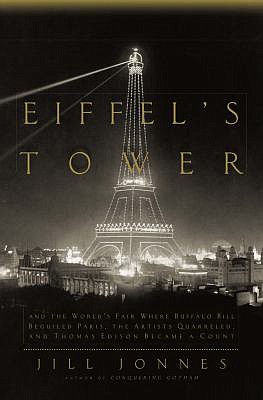In 1884, "the French republic announced a contest for a spectacular centerpiece for the 1889 Paris World's Fair." Proposals were to be received by May 18, 1886, and it was suggested the structure be built of iron and rise to about 1,000 feet. The French wished to surpass the height of the still fairly new, and all too American, Washington Monument, which is 550 feet.
The contest would attract 107 entries, both serious and outrageous, including plans for a giant water sprinkler, an enormous guillotine and, of course, a cast iron tower designed by one of France's premier engineers, Gustave Eiffel.
Nearly 130 years later, the Eiffel Tower is seen by the world as a symbol of France, romance and incredible engineering. However, between 1886-1913 the tower's design, and eventually the actual structure, were broadly criticized as dangerous (the wind might topple it) and ugly ("an iron monstrosity without beauty or style").
There is enough drama in the story of designing, financing and building one of the world's iconic structures for a stand-alone work, but in "Eiffel's Tower" author Jill Jonnes does more.
Jonnes brings to life the dazzle and extravagance of the 1889 Paris World's Fair, painting for readers some of the late 19th century's best known and influential figures. Among her characters are sharpshooter Annie Oakley, showman Buffalo Bill Cody, inventor Thomas Alva Edison, publisher James Gordon Bennett Jr., and artists Paul Gaugin and James McNeill Whistler. The image she creates is that of a world embracing new technologies as it slips into a new century.
"Eiffel's Tower" is popular history at its best - engaging, fun to read and informative.
Paula Schulte is marketing coordinator at Missouri River Regional Library.

